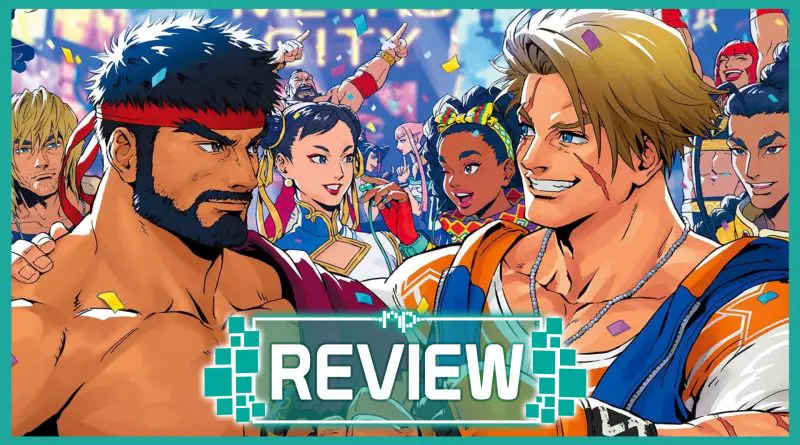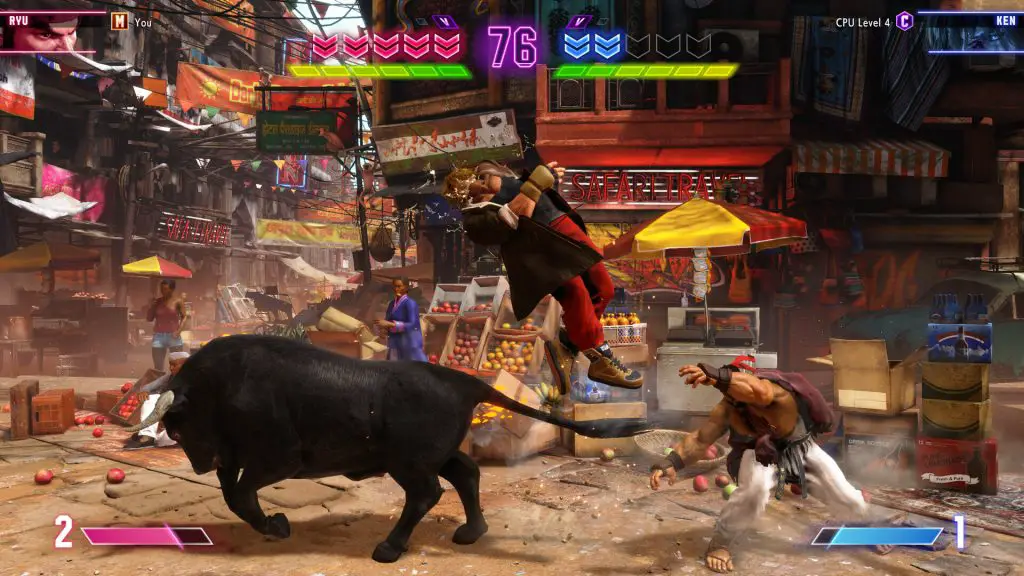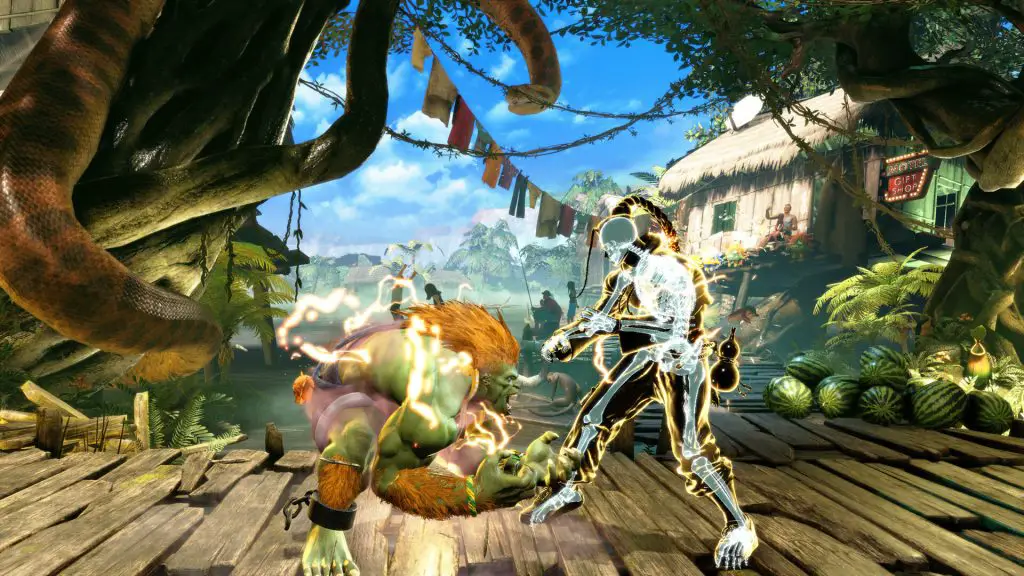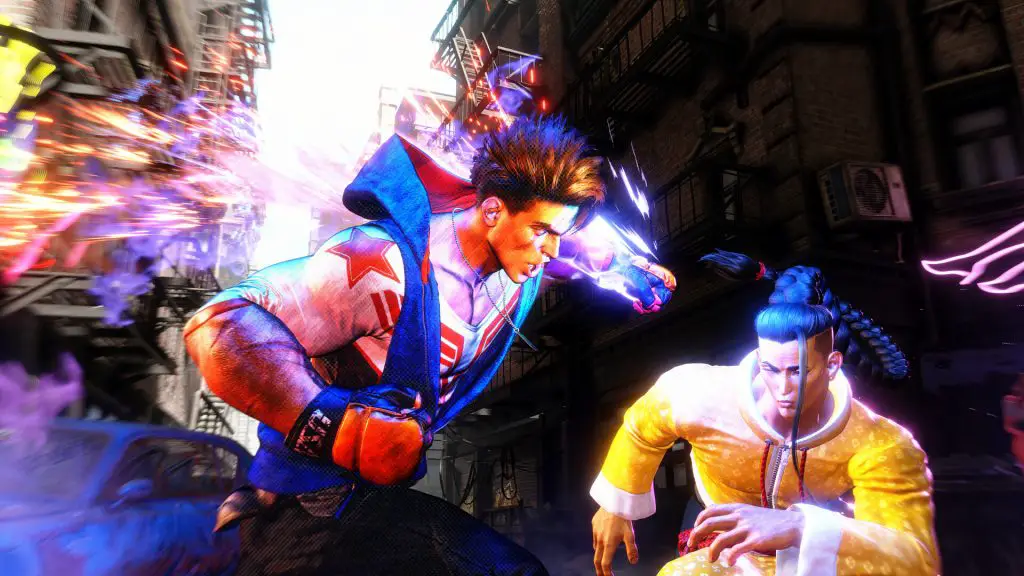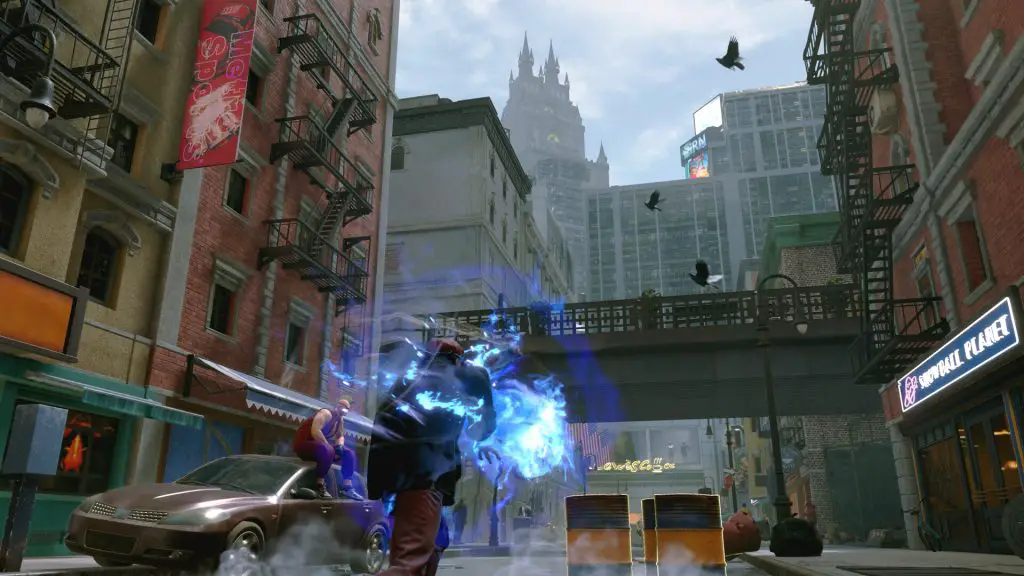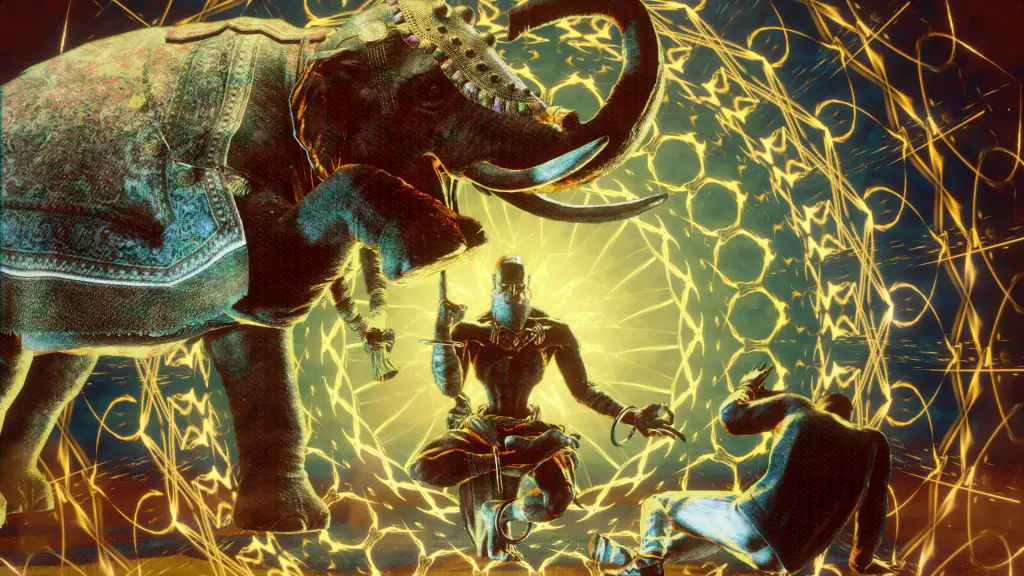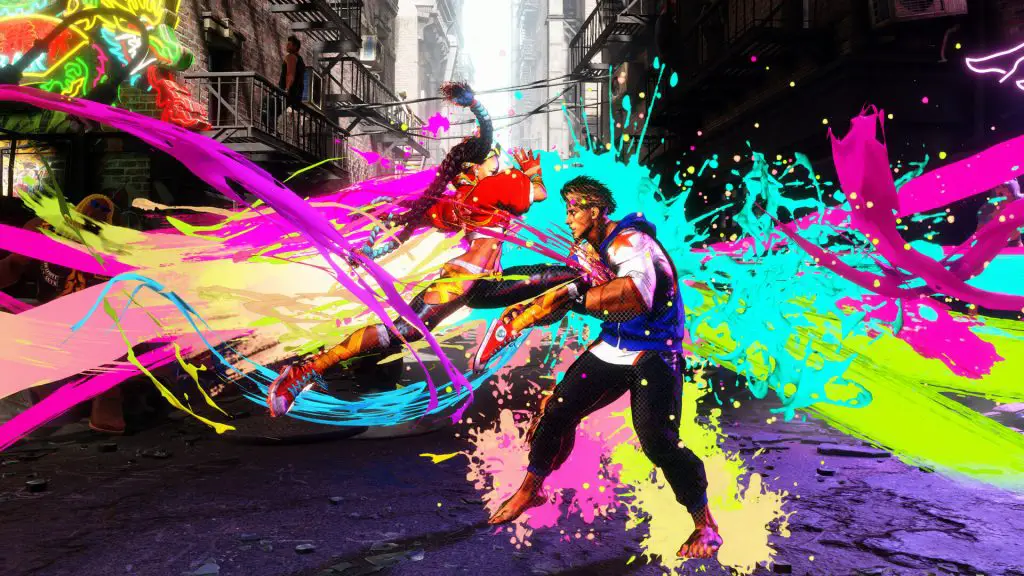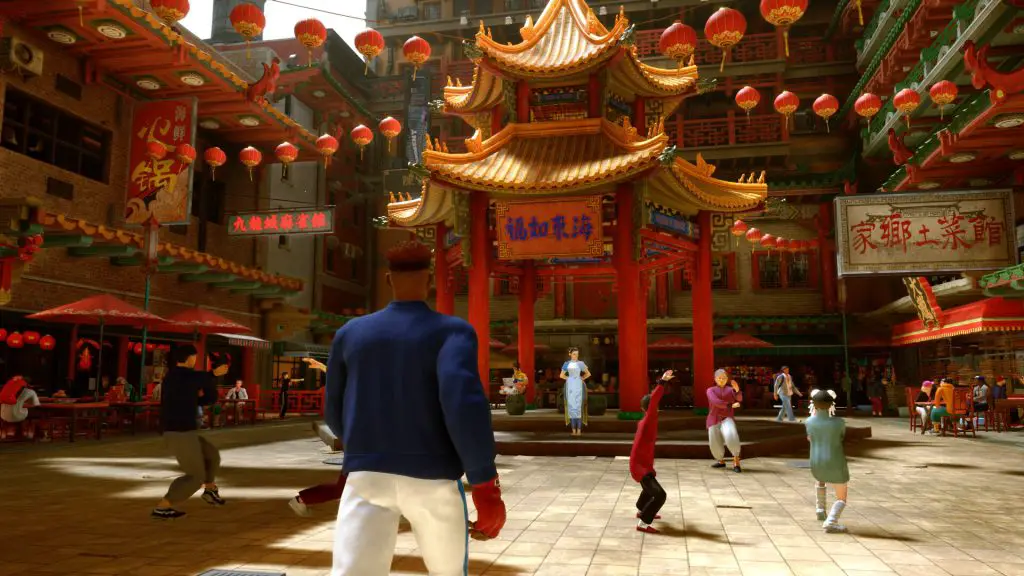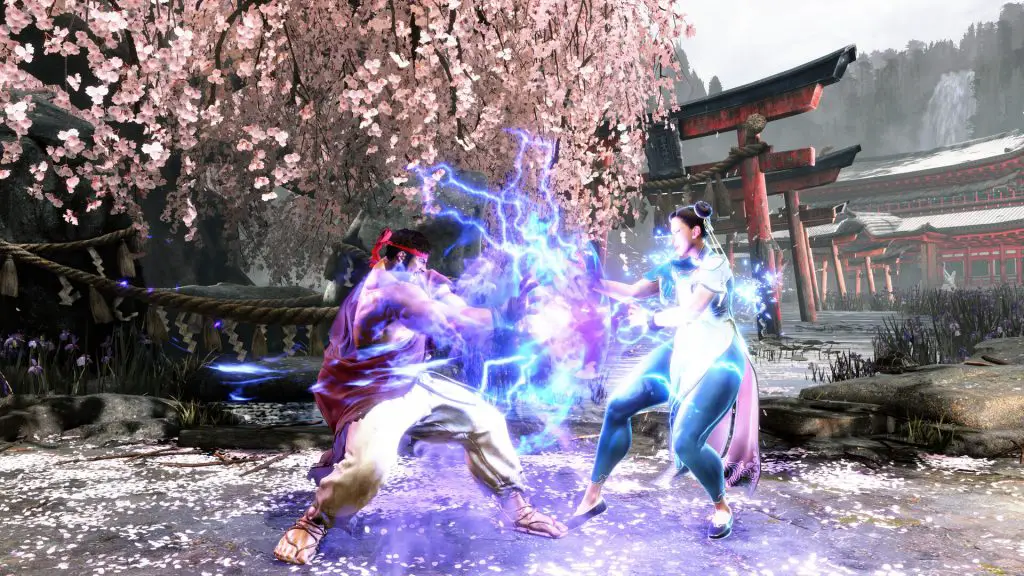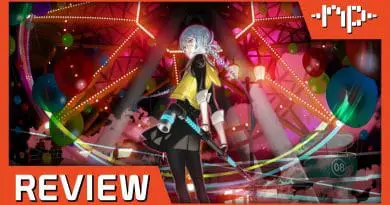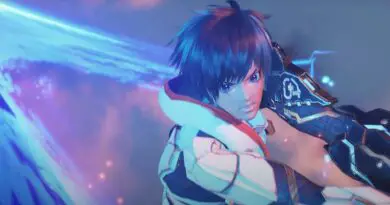Street Fighter 6 Review – Here Comes a New Generation
-
Title: Street Fighter 6
Developer: Capcom
Release Date: June 1, 2023
-
Reviewed On: PS5
Publisher: Capcom
Genre: Fighter
Street Fighter is a culture, almost a way of life to many, and embodies the notion of competitive gaming. Therefore, launching a new entry in this regal franchise has always been a landmark event. While the release of Street Fighter V in 2016 was met with a lukewarm reception, it eventually evolved into one of the best fighting games when the Champion Edition rolled out. Players may have their preferences, and we’ve seen a few big fighting game releases just in the last couple of years alone, but there isn’t a paradigm shift until a brand-new Street Fighter game signposts a changing of the guard.
With a new generation of consoles, now is the time to usher in a new era of fighting. Street Fighter 6 launches as a monumental next-gen debut for the historic franchise, featuring one of the best lineups of road warriors ever assembled and offering enough gameplay modes and features to lose hours into. The game will inevitably expand over the next decade, but even at launch, the experience feels complete and content-heavy right out of the gate.
Street Fighter has always struggled to strike a fine balance between tradition and evolution, with newer entries attempting to keep veterans invested while still taking bold steps into the future. As a result, the fighting system needs to be familiar yet fresh, and the cast needs to honor mainstays and pave the way for new characters and styles. Street Fighter 6, more than any other entry, has managed to juggle all of these systems expertly to deliver tight and balanced matches.
The sizeable roster of 18 world warriors is full of recognizable faces and newcomers. Amazingly, the original eight from Street Fighter II are all present, alongside Dee Jay and Cammy (both were first introduced in Super Street Fighter II). The timeline has finally moved into the modern era, so these fighters are now older and wiser. Chun Li has transformed into a sage, and it’s almost surreal to see this age transition.
These tried and tested fighters have a heavier methodical feel about them, and while they’re familiar, enough has been done to make them fresh for the new game. Ryu and Ken have stopped being interchangeable for quite a while, but now more than ever, they come off like drastically different fighters.
Balancing out the classics are new characters who are likely to create their own legacy. Luke was originally a late addition to the Street Fighter V roster, but here he is the cover star and positioned to lead the franchise as the protagonist. This is fitting, given how his flexible MMA style is almost like a natural evolution of the textbook Shotokan fighting style, the latter made famous by Ryu and emulated by many over the years.
Much like Luke, the rest of the newcomers don’t feel like an emulation of past characters, as they each have an identity of their own, both in appearance and gameplay. Jamie may be seemingly influenced by Yun and Yang, but he brings his own fluid combination style into the fight. Kimberly takes after the styles of Ibuki, Sakura, and Karin and executes her unique interpretation of familiar moves and skills. Then you have original designs in the likes of Manon and Marisa. The point is these new fighters are a welcome addition and are versatile in their fighting styles.
The overall gameplay is grounded in tradition, opting for a slower and more strategic pace. It almost feels like playing a modern interpretation of Street Fighter II: Special Champion Edition. The main thing Street Fighter 6 does differently is how it tries to level the playing field for all kinds of skill levels, and it achieves this by offering unique control schemes.
There’s the Classic control layout for veterans who are stubbornly set in their ways, and the game’s default Modern control scheme has been carefully designed to welcome a new generation of players. So it’s not necessarily an “easier” control scheme, but rather it’s a different layout that completely changes how attacks are executed.
Finally, there’s the Dynamic control scheme which mainly functions as the easy mode, similar to what other recent fighting games have offered. In short, the game allows players to find what works for them regardless of whether they are using a gamepad or a fight stick, and ultimately battles come down to the execution and application of moves rather than the style and method of command input.
Regardless of the control scheme, Street Fighter 6 feels amazing to play. Whether it’s a projectile-based character or some of the newer characters who lean more into grapples and melee. Deep diving into the 18 characters feels enjoyable in its own right, with the game providing plenty of guidance on how best to utilize the diverse range of play styles.
Novel to the fighting system is the Drive Guage, which serves in both offensive and defensive play. It can be used to execute a powerful counterattack, complete with a stylistic graffiti particle effect for emphasis. A dedicated button can also be used to perform parries, except the window for execution is far more generous than the precision demanded in Street Fighter III. The Drive Guage blends seamlessly into the ebb and flow of traditional combat, allowing for an unpredictable changing of the tide, so to speak.
The main game is divided into three distinct modes: Fighting Ground, Battle Hub, and World Tour. Fighting Ground has all the offline gameplay, including the customary arcade story mode, which showcases character storylines and even features a bonus stage where you literally beat up a truck. Battle Hub is the game’s online multiplayer gateway, and it is packed with all the essential features, providing a literal online community where tournaments are held and even factions can be formed. In addition, there are other extras, such as classic Capcom arcade games on regular rotation. Between Fighting Ground and Battle Hub, all the essential online and offline gameplay features are intact, and then there is World Tour.
Named after a popular mode that was once featured in the home version of Street Fighter Alpha 3, World Tour quite literally is its own single-player game, almost completely removed from the core Street Fighter 6 experience. Instead, it’s an adventure RPG which feels like a watered-down version of Like a Dragon. A custom avatar progresses through the story, learning new special moves and fighting styles along the way.
There are frequent enemy encounters, and while there is some globetrotting, much of the adventure takes place in Metro City (RIP Mayor Haggar), and the other international locations are constrained to just one screen. It’s clear a lot of thought went into the design of this quest-heavy adventure, and there is an impressive amount of detail and things to do here, but it feels like a completely different game to Street Fighter 6.
Having such a fleshed-out adventure as an extra mode packed with a significant fighting game is admirable, but this isn’t going to appeal to all Street Fighter 6 players. Sure, the custom avatar can be used in the Battle Hub for special online avatar battles, but this simply doesn’t complement or add value to the main fighting experience. For the intended player, however, this a sizeable fighting RPG with no shortage of things to do.
With multiple control schemes and various contrasting game modes, it’s clear how this game was designed to attract players of all skill levels and preferences. However, there’s something here for everyone. Capcom has painstakingly crafted a generous package, so it’s more than just a next-gen debut for their flagship fighting franchise. It’s also a landmark reimagining of the very subculture it invented.
The game more than looks the part, making the most of newer hardware to create a visually crisp and smooth presentation, and is best experienced in performance mode. It leans more towards realism, but plenty of particle effects are thrown in to create a strong manga aesthetic. The style and vibe feel modern yet a heartfelt tribute, and some of the stage backgrounds really stand out in their charming details.
Music in Street Fighter games has always been a reflection of their times. So the soundtrack here definitely feels contemporary with the emphasis on fast techno beats, almost sounding like something out of a Tekken game, but a few tracks do go all out with that signature Capcom jazz.
Street Fighter 6 is it, the game that will carry the franchise, the fighting game community, and the genre into the next decade of gaming. It’s not even about whether it’s better than other fighting games, as it’s really more about the bigger picture. Street Fighter 6 creates an environment for all other fighting games and communities to thrive, and so regardless of personal preferences, we all win. It takes everything great about the franchise and delivers more, so depending on what you’re looking for from the experience; there’s something here for you. As we head into a new generation of fighting games, don’t forget there are many warriors like you all over the world, so let’s have some fun.
This post may contain Amazon affiliate links. As an Amazon Associate Noisy Pixel earns from qualifying purchases.
